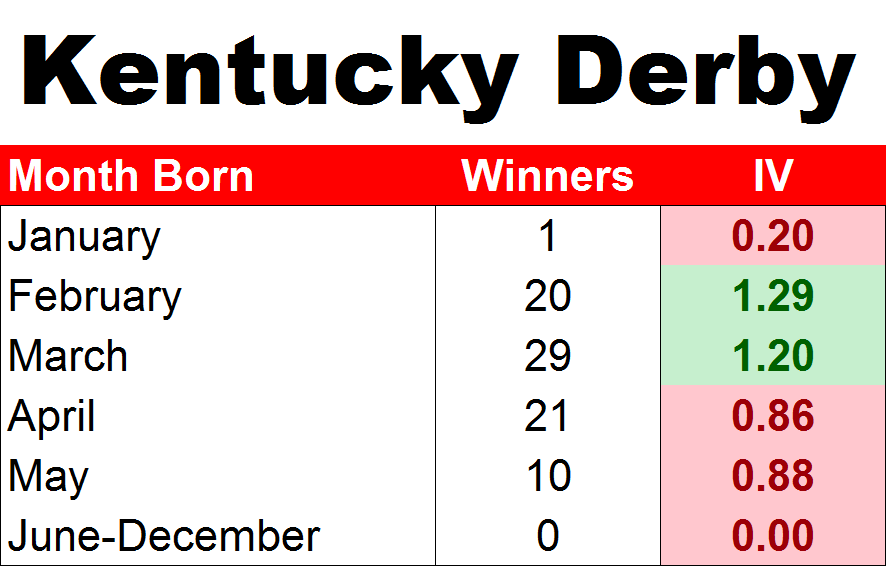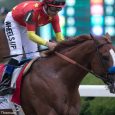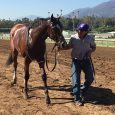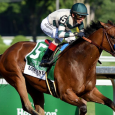
In between e-mails informing me that I “may already have won” a prize of considerable value and those beseeching me to be “a better lover” (I didn’t know the word had gotten out), I often get messages from folks asking me what I think of such-and-such Derby contender.
To be honest, most of the time I have no real opinion. Look, I love horse racing, but it’s not like I spend all my free time analyzing horses that may or may not be in the Derby starting gate.
However, I know folks get a kick out of identifying the Kentucky Derby winner before anybody else does, thus giving them the opportunity to remind folks of that fact on social media every day… hour… minute.
So, here are three things to look for in you quest to become an annoying know-it-all:
1) The Kentucky Derby demands a certain amount of precocity. Veteran (a nice way of saying “old”) racegoers will remember when the Experimental Free Handicap combined with the Dosage Index was all the rage in Derby handicapping. “Dual Qualifiers” won like clockwork during the ‘70s and ‘80s, but mysteriously stopped visiting the winner’s circle when the back-testing came to an end (to be fair, less juvenile racing also played a part).
However, even today, early success — especially over a distance of ground — is a trait shared by many Derby winners. In particular, I look for a daylight win (three lengths or greater) in a juvenile route. In the past 50 years, over half of all Kentucky Derby champs won at least one race as a juvenile by three lengths or more.
Recent Example(s): American Pharoah won the FrontRunner Stakes (formerly the Norfolk Stakes) by 3 ½ lengths and would surely have been one of the favorites in the 2014 Breeders’ Cup Juvenile had an injury not sidelined him for the rest of the year.
2) Aiding in a horse’s prompt development is an early foal date, or birthday. Of the known foal dates of Derby winners, February seems to be the most prolific, with March a close second.

Note: The impact value (IV) is based on the number of Kentucky Derby winners foaled in a particular month compared to the total number of horses foaled in that month (on average). An IV of 1.00 is considered neutral. Values greater than 1.00 indicate a population of horses that win more often than expected, while IVs less than 1.00 denote a population of horses that win less often than expected.
Recent Example(s): Six of the last seven Kentucky Derby winners were February or March babies, including the last four in a row.
3) Contrary to what many people think, very few stone-cold closers win in Louisville on the first Saturday in May, so look for horses with tactical speed and/or animals possessing the ability to gain ground on the turn for home. Since 1992, horses that gained at least one running position and one length from the first call to the second call in their final prep have won the Derby six times and returned $3.43 for every $2 wagered to win.
Recent Example(s): Animal Kingdom went from seventh, 4 ¼ lengths back, at the first call to fourth, 2 ¼ lengths back, at the second call in the Spiral Stakes at Turfway Park on March 26, 2011. Six weeks later, he uncorked a similar move at Churchill Downs and won the Kentucky Derby, paying $43.80.
By looking for horses that were born early in the year, displayed ability as a juvenile (particularly in route races) and can pass rivals on the turn for home, players should be one step closer to picking the winner of the Kentucky Derby before the first Saturday in May and becoming a smug, condescending jerk.




